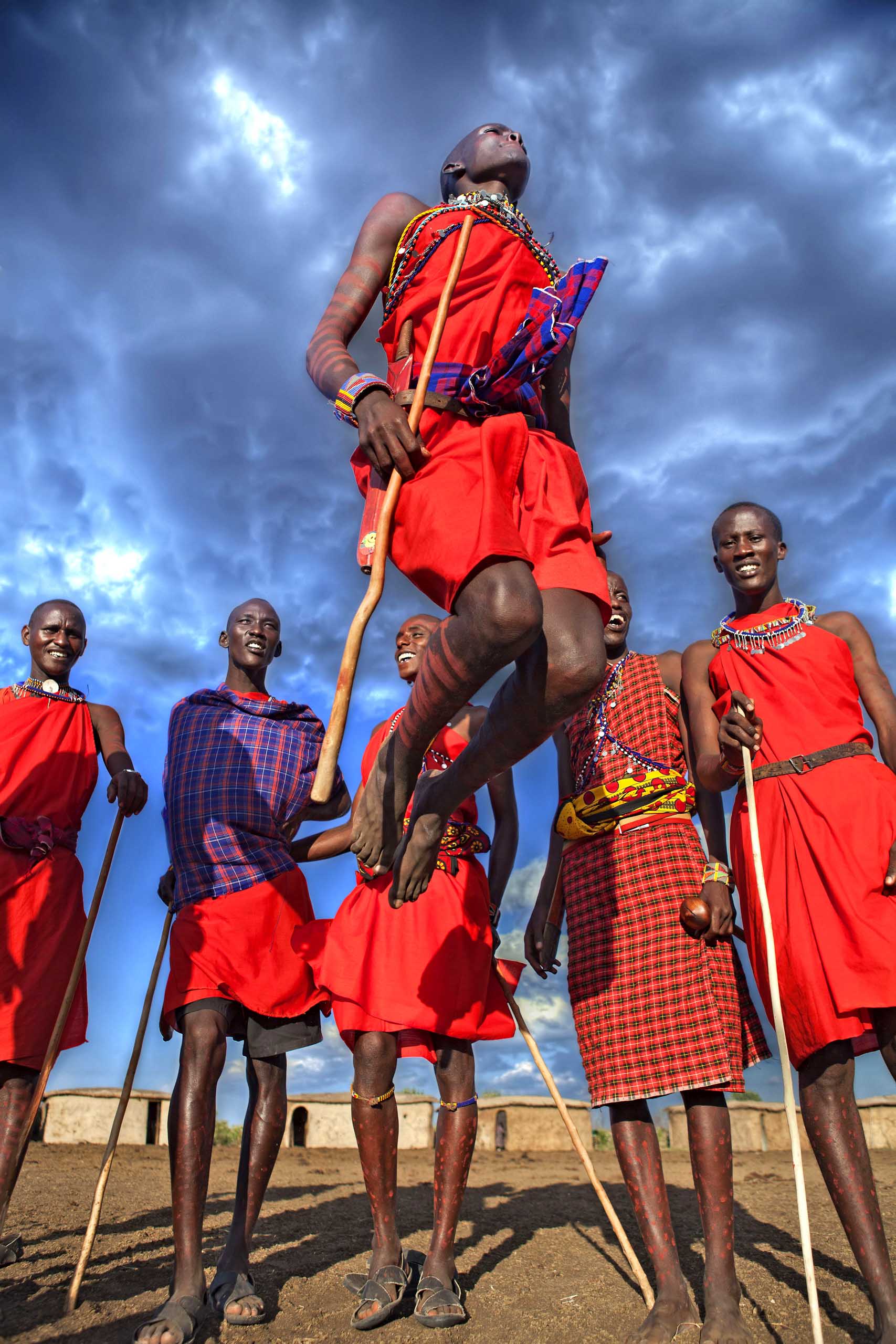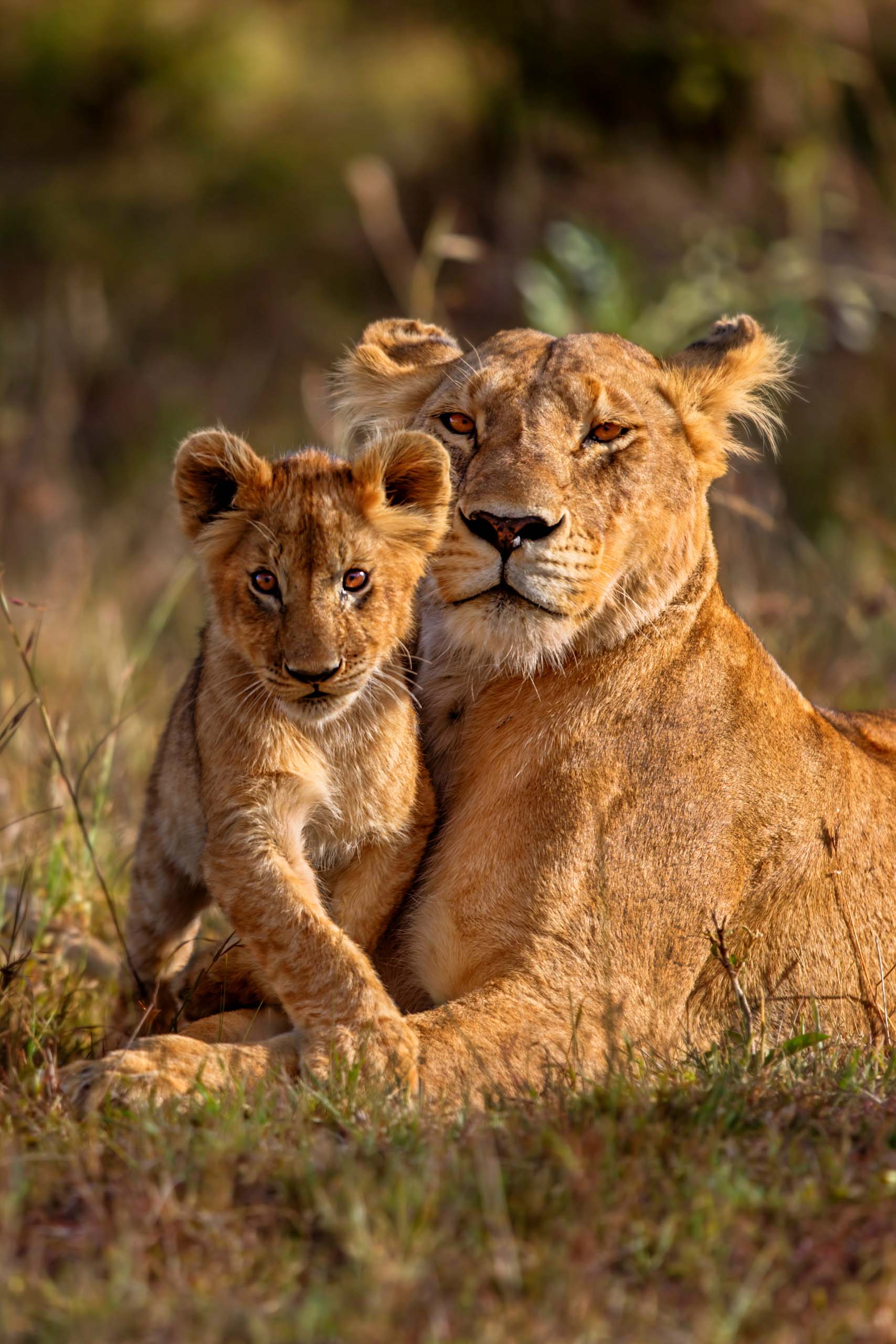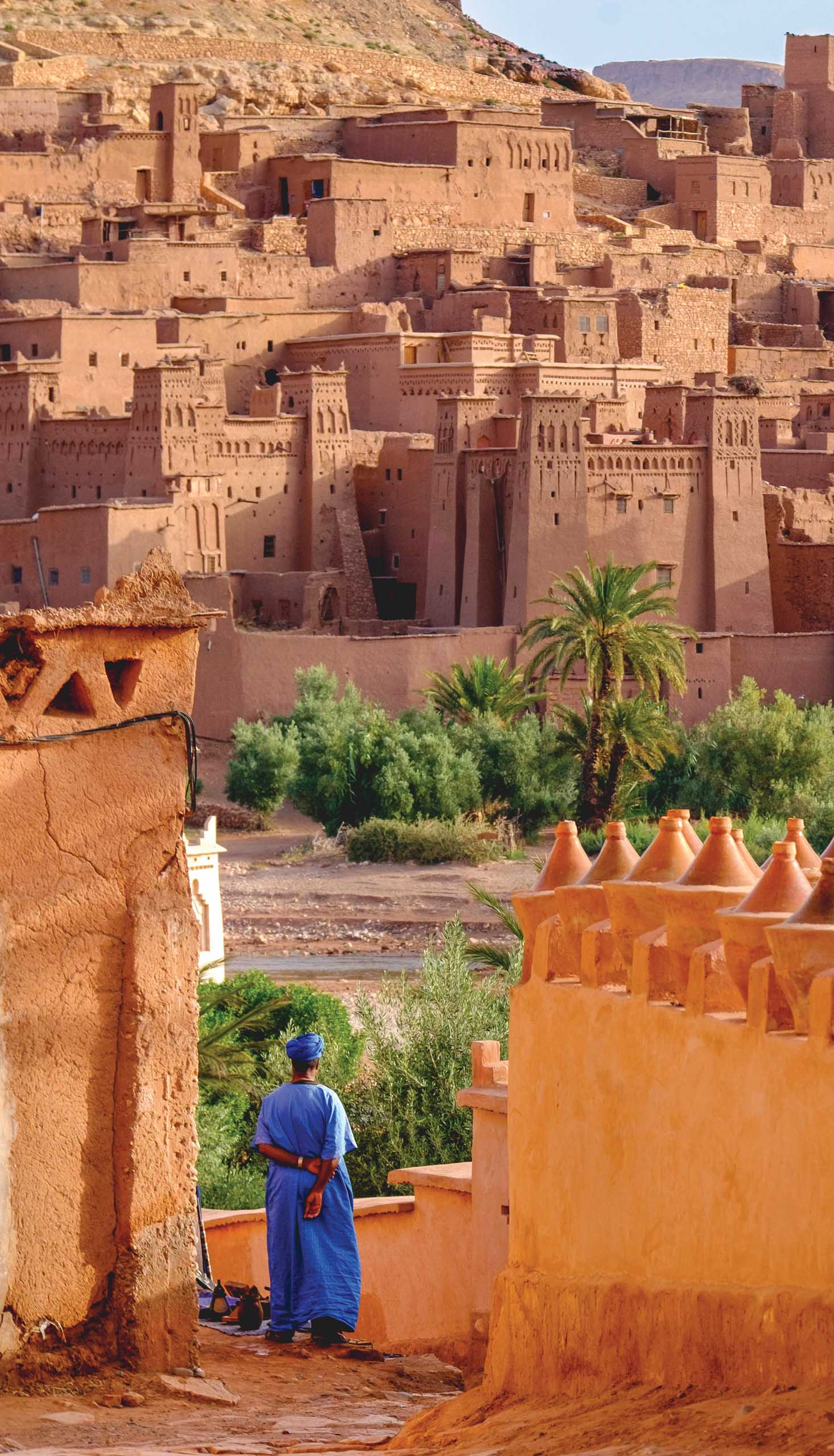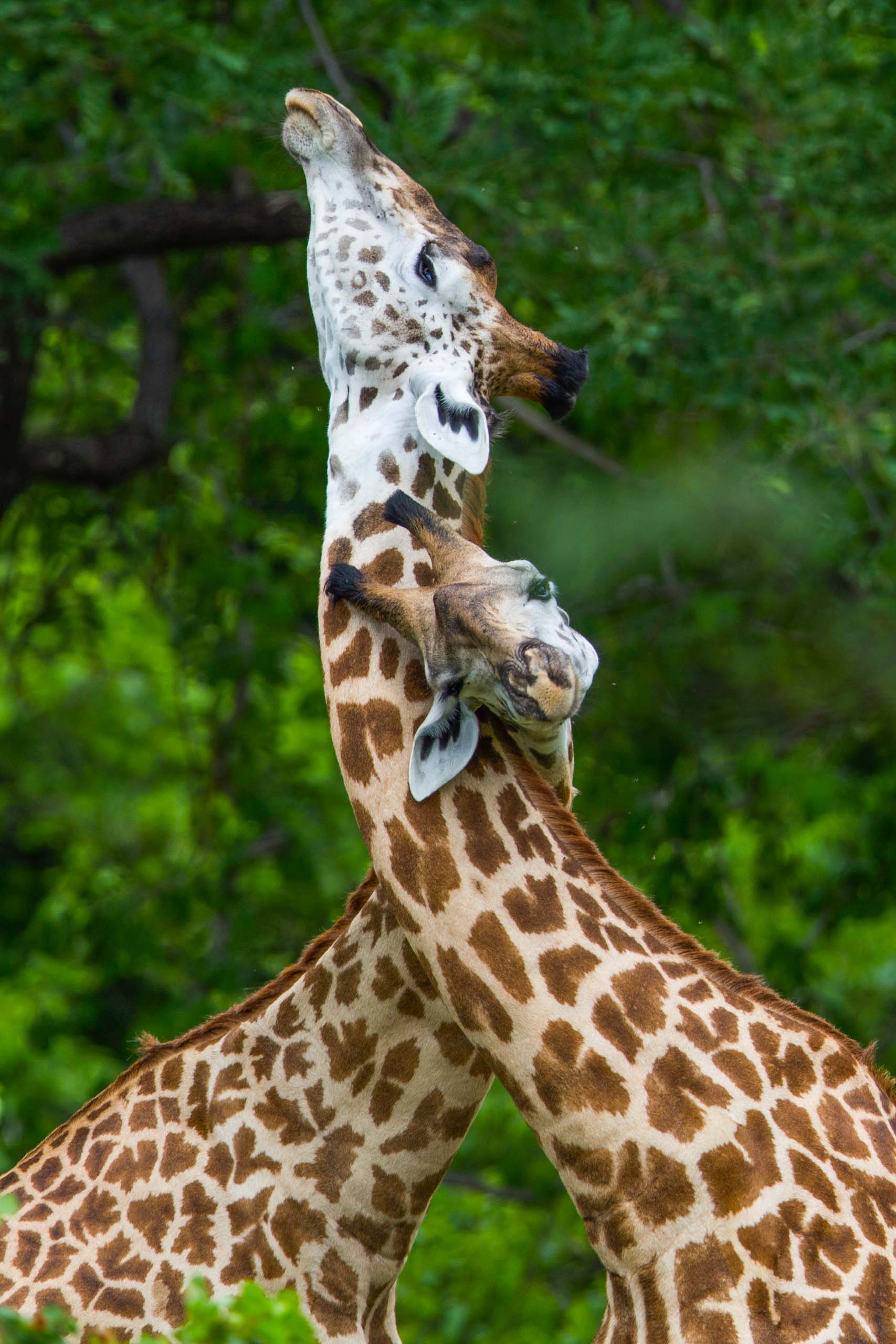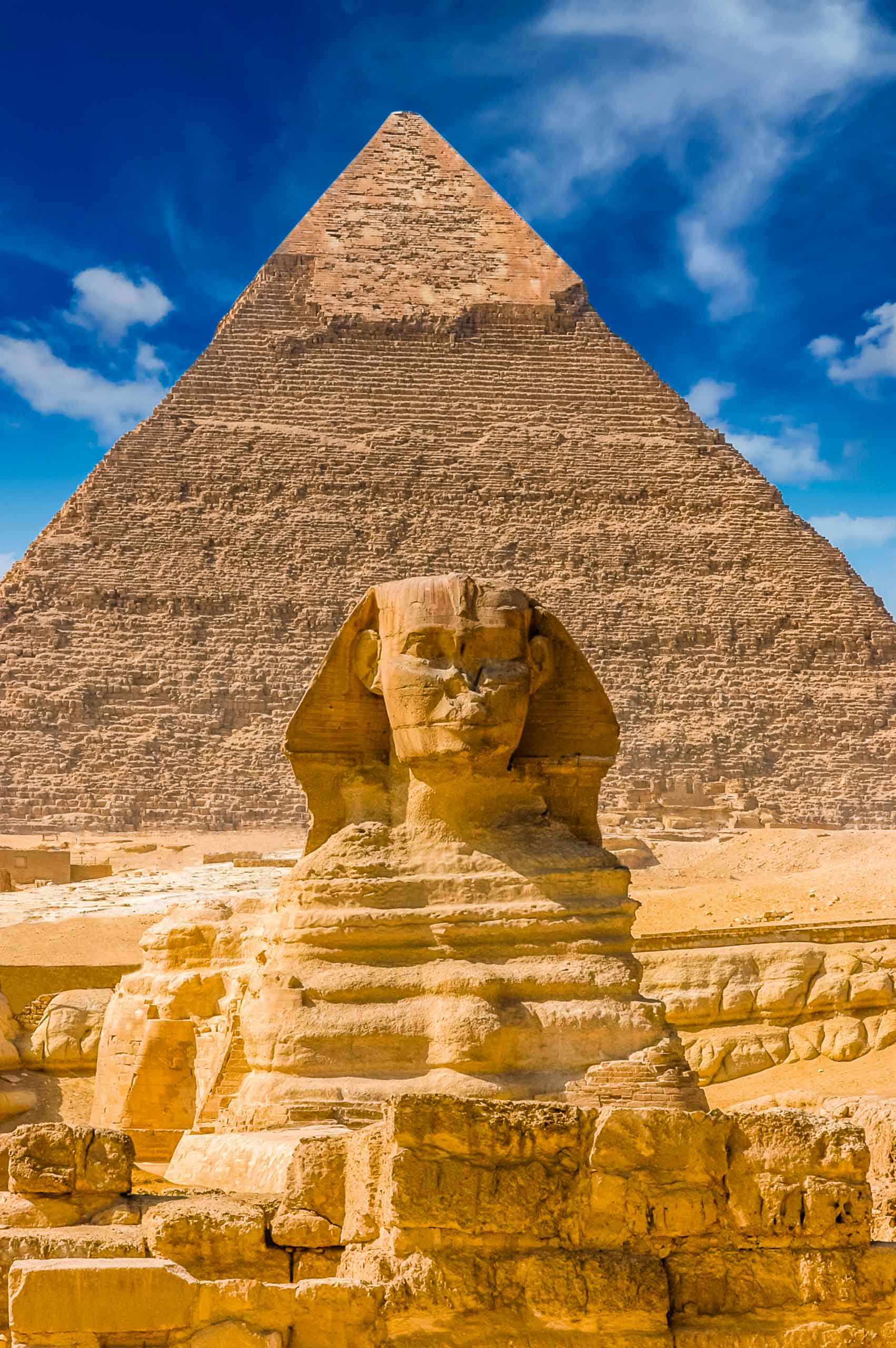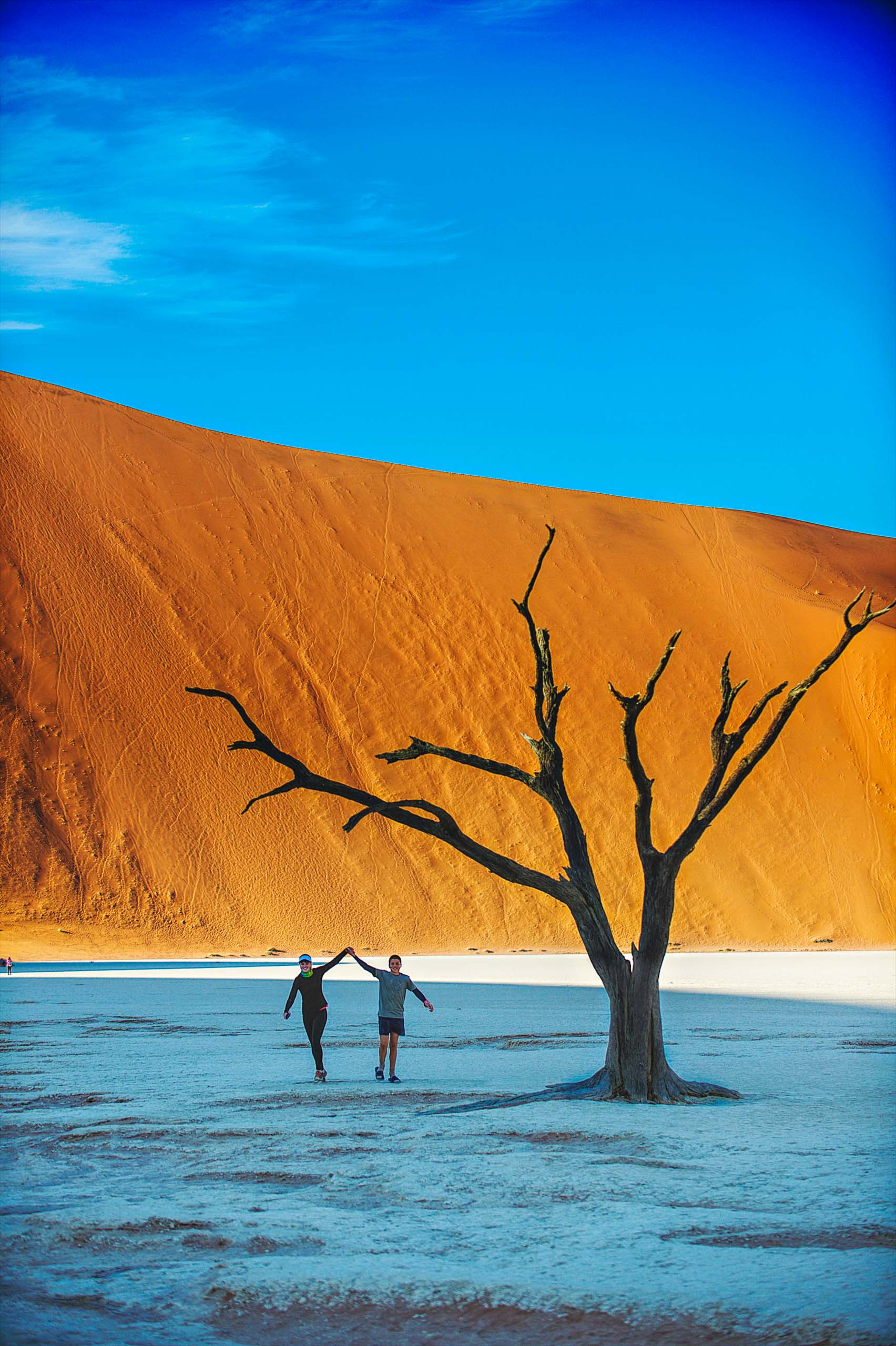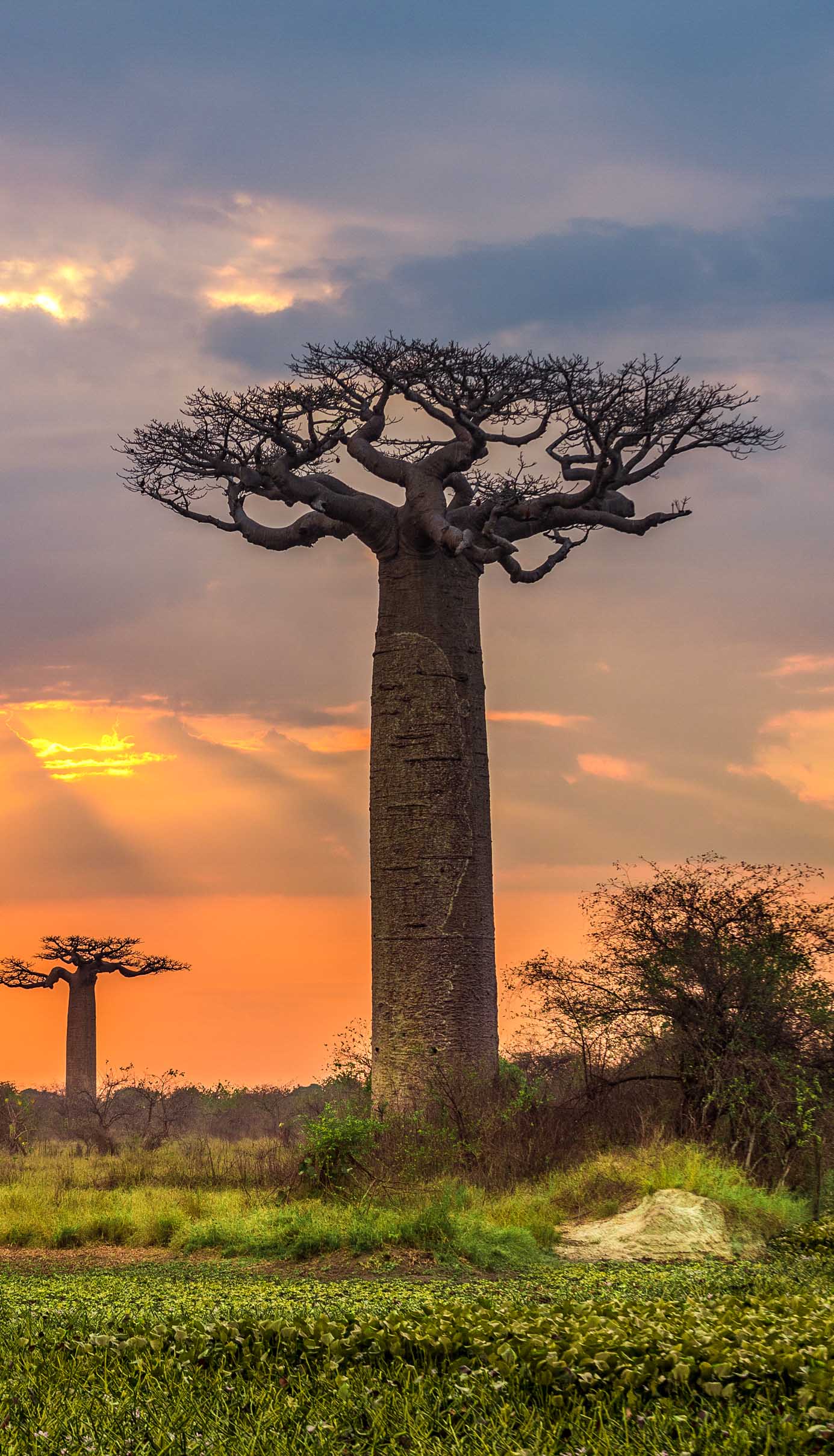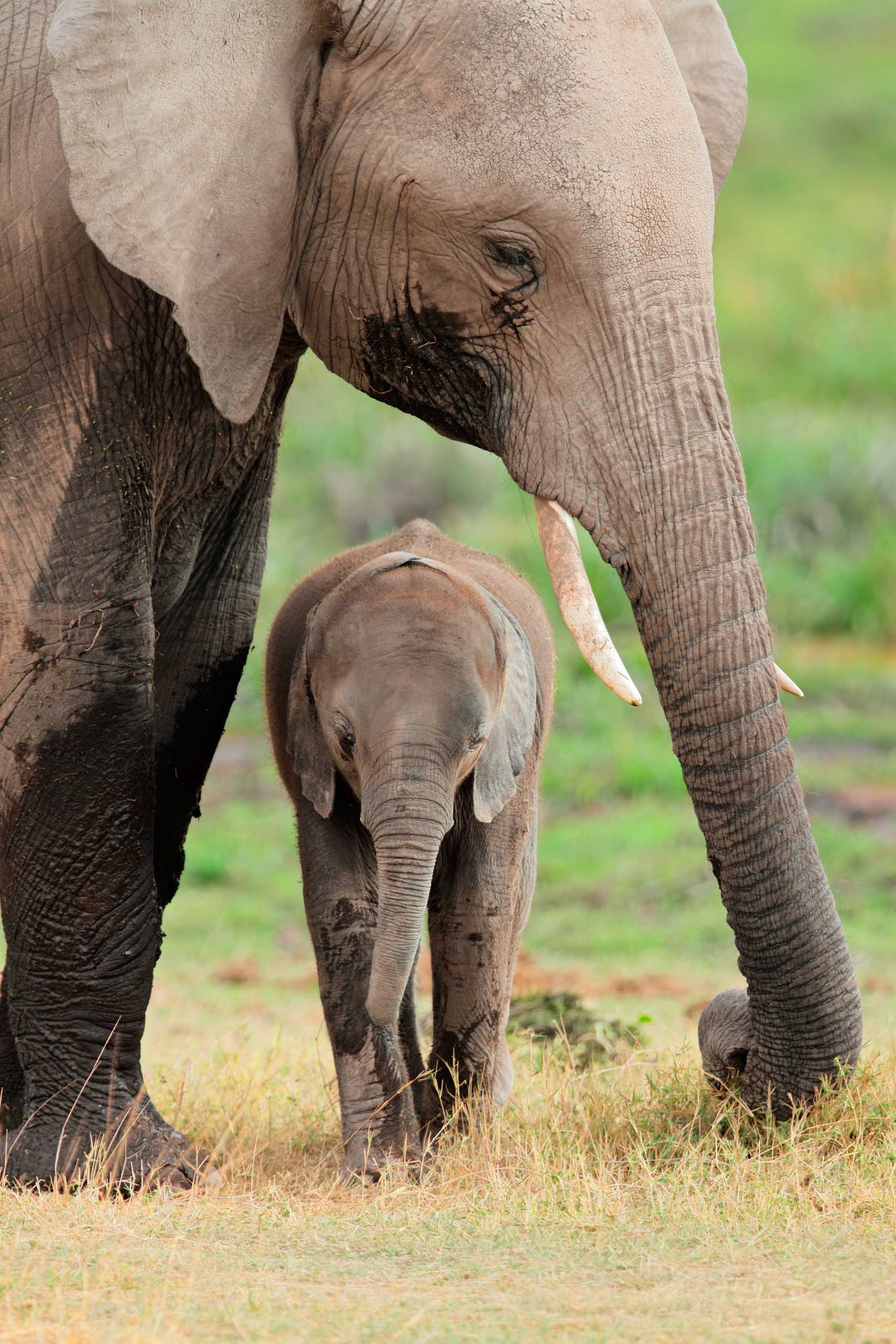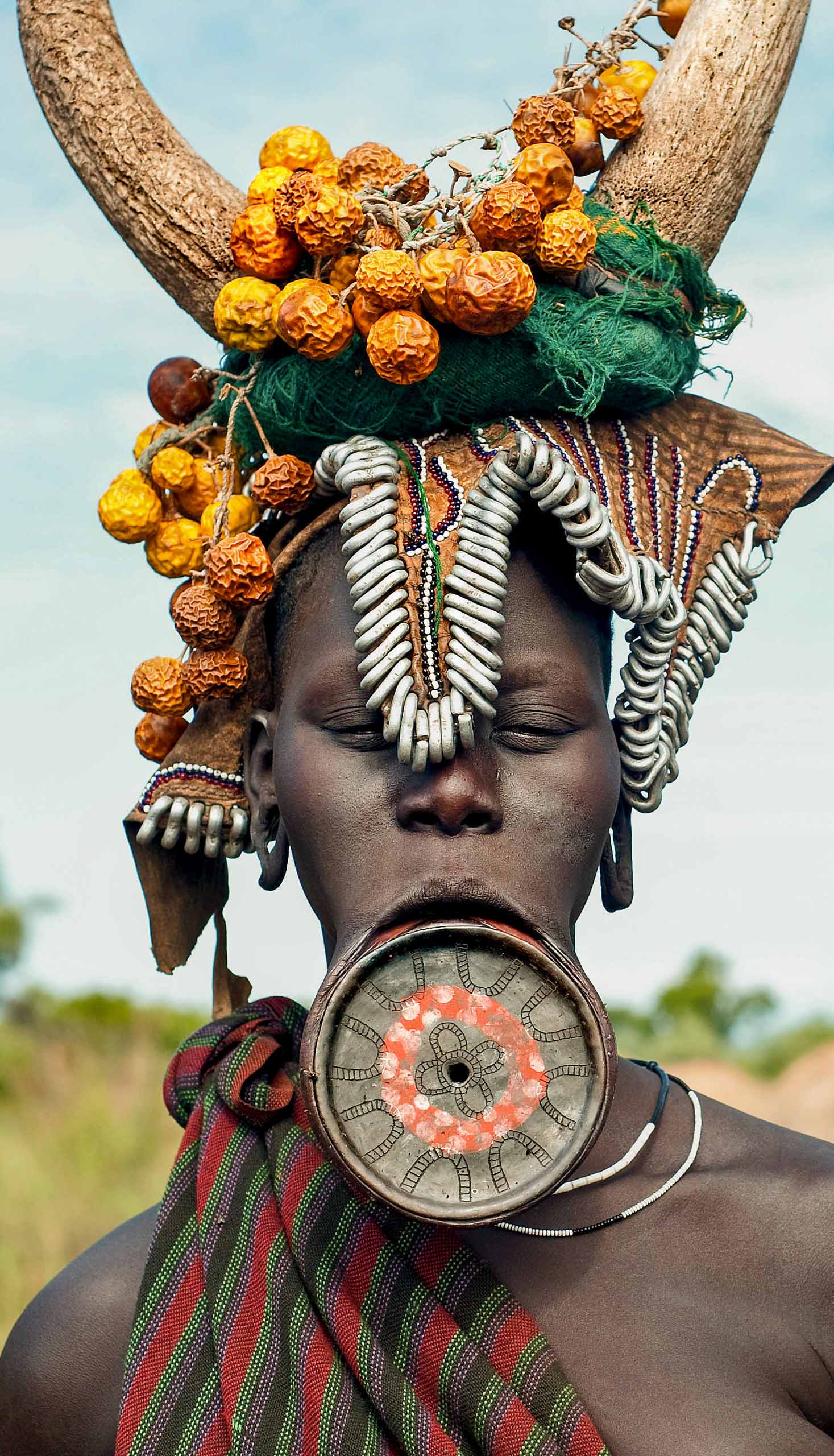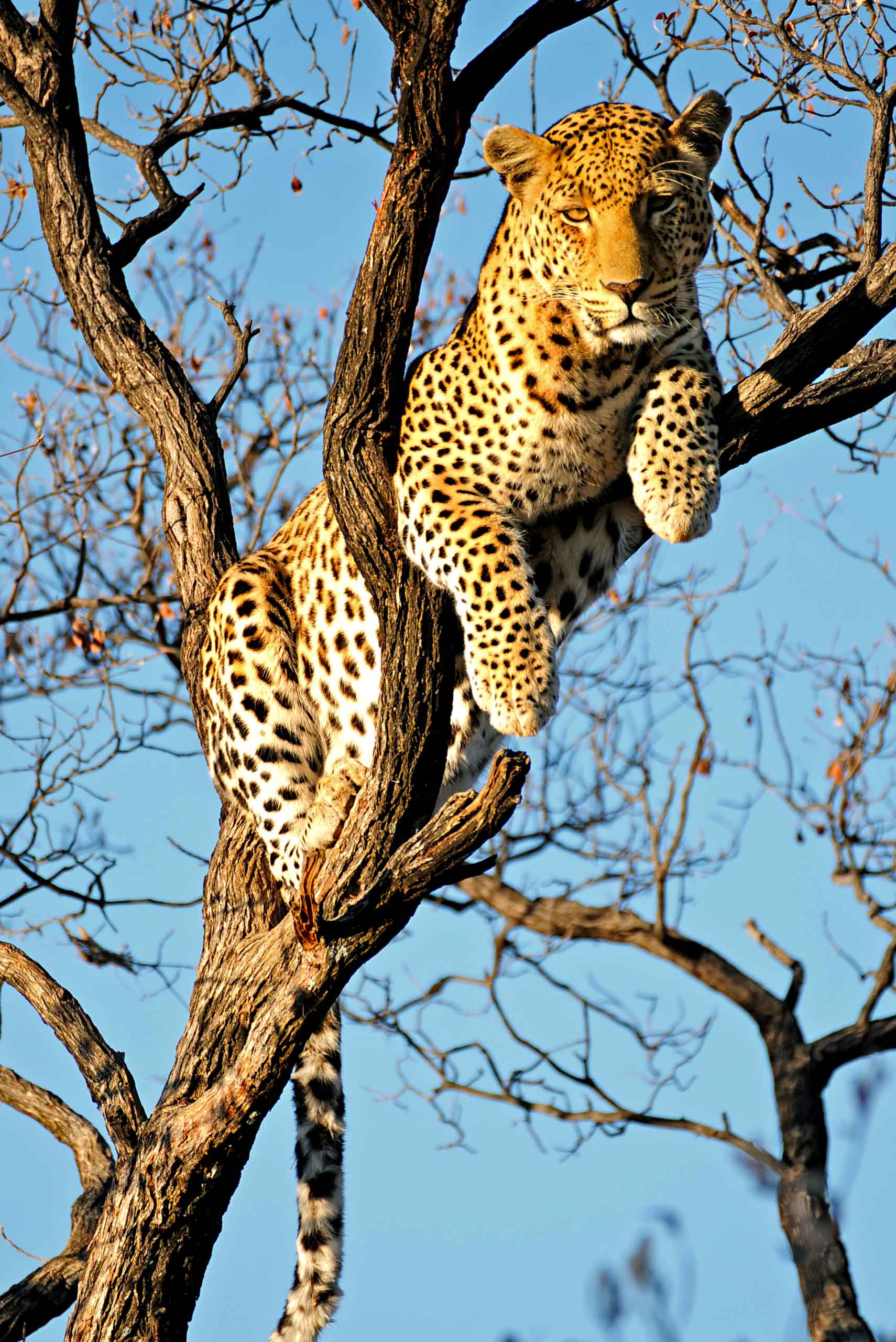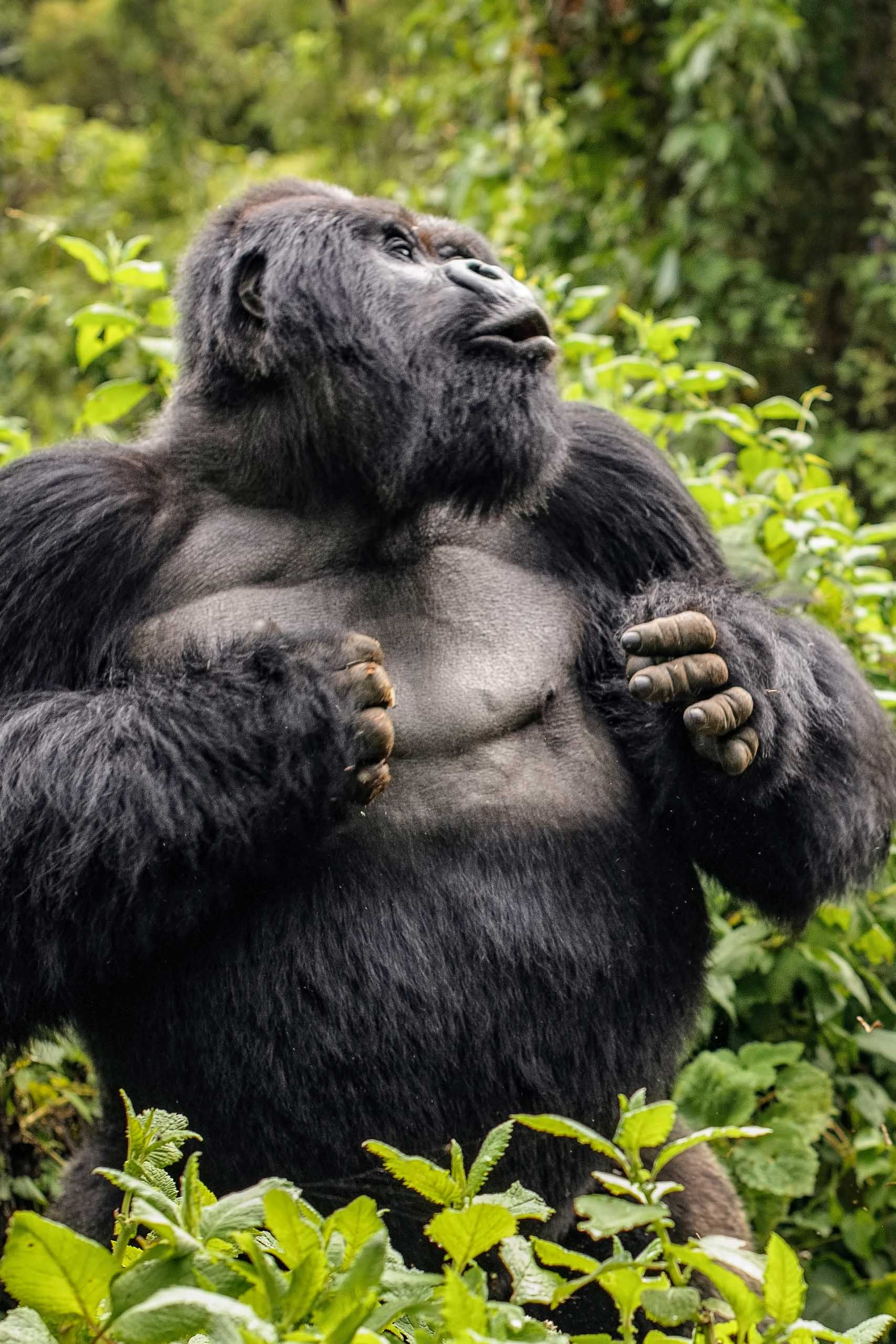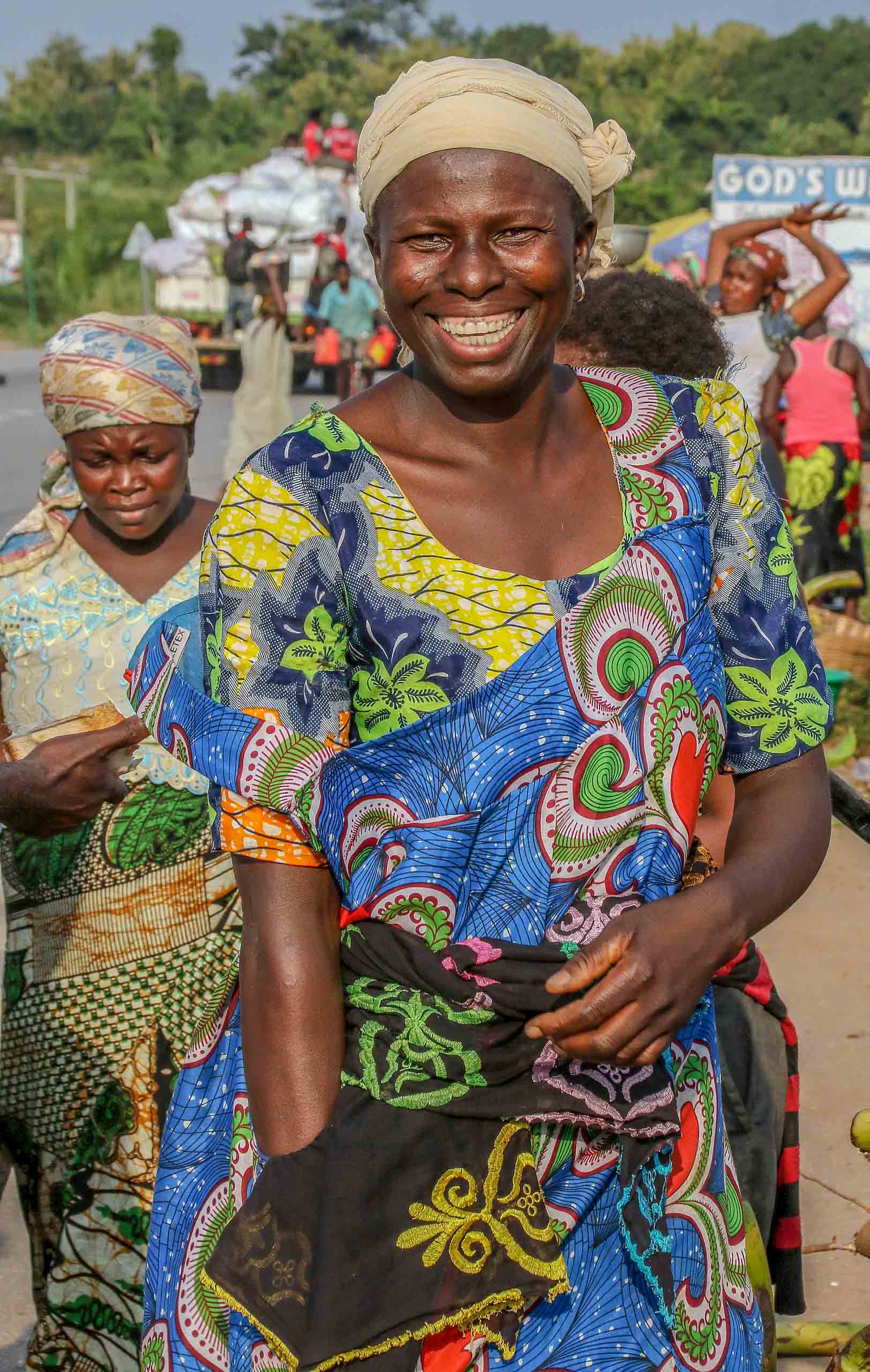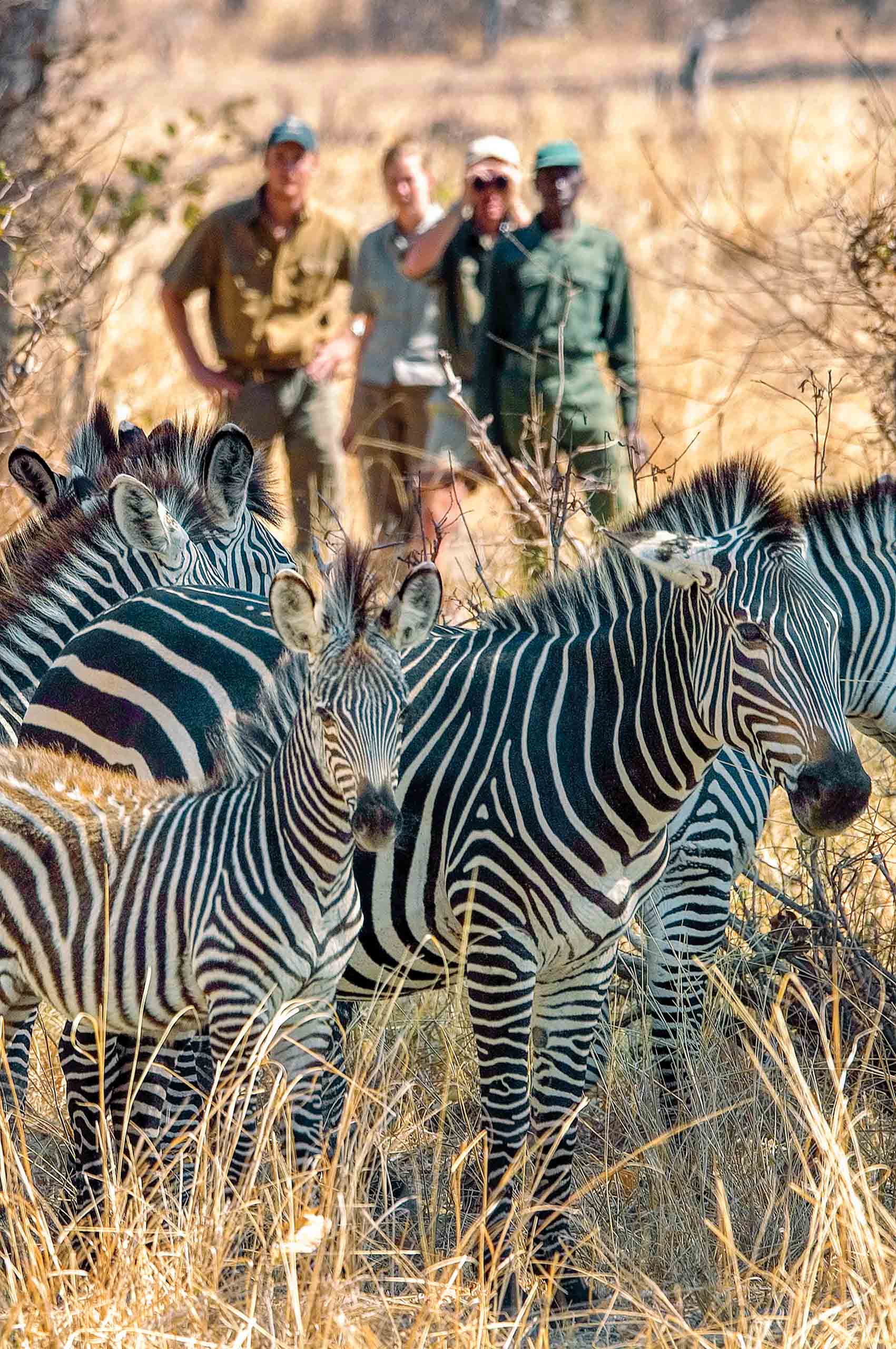Africa Tours & Safaris
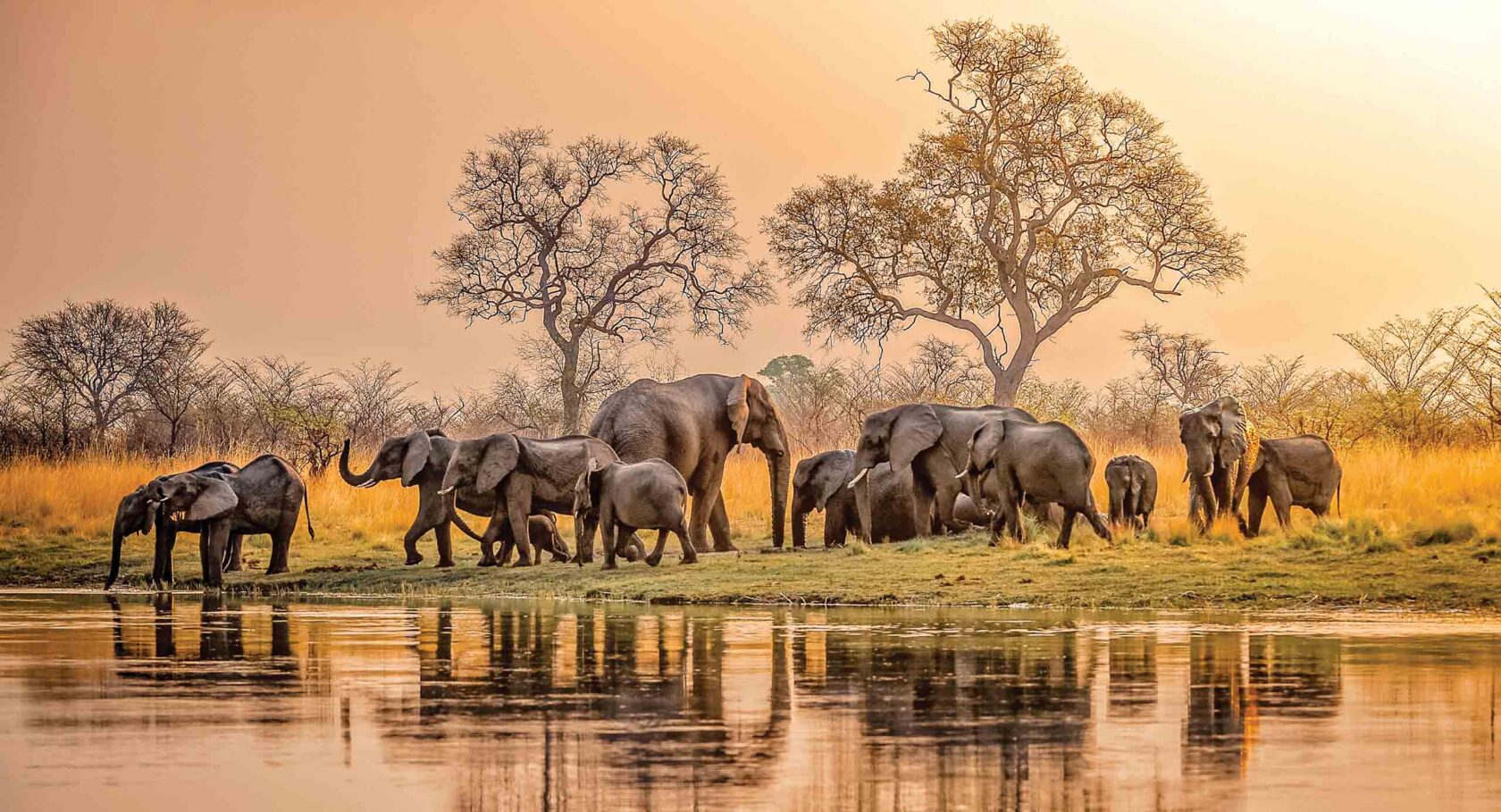
Find Your Trip
Adventures Across the Mother Continent
Why Africa? For incredible wildlife, wondrous landscapes, welcoming people, and richly diverse cultural traditions. Come for the Serengeti migration, the huge elephant herds of Zimbabwe and Botswana, the mountain gorillas of Uganda, the surreal landscapes of Namibia, the souks and deserts of Morocco, the mask dances of Benin, the pyramids of Egypt—and so much more.
Featured Trips

Small Group Adventure
Tanzania: The Great Migration Safari
Tanzania
Level 2
13 Days
From $10,995
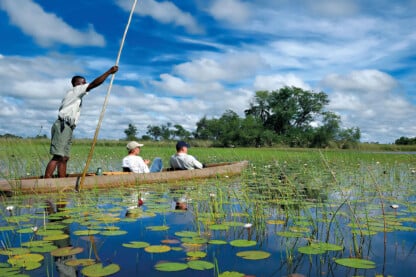
Small Group Adventure
Botswana Wildlife Safari
Botswana, Zimbabwe
Level 2
11 Days
From $10,295
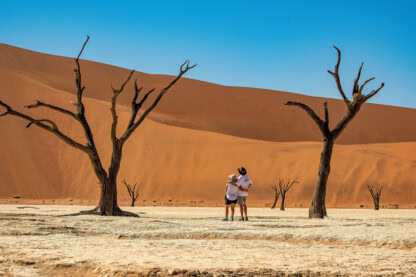
Small Group Adventure
Namibia Expedition
Namibia
Level 3
14 Days
From $9,895
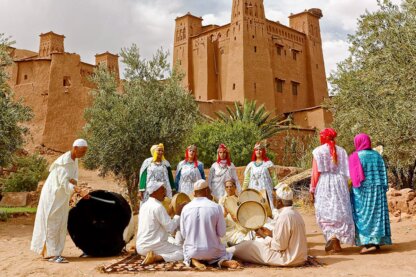
Small Group Adventure
Morocco: Camels to Casbahs
Morocco
Level 2+
12 Days
From $6,995

Small Group Adventure
Climb Kilimanjaro!
Tanzania
Level 6+
11 Days
From $7,295

Small Group Adventure
Madagascar: Off the Beaten Path
Madagascar
Level 3
15 Days
From $8,195
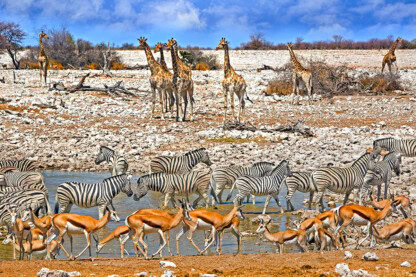
Small Group Adventure
Ultimate Namibia and Botswana
Botswana, Zimbabwe, Namibia
Level 2+
13 Days
From $12,995

Small Group Adventure
Wild Zimbabwe
Zimbabwe
Level 2+
10 Days
From $8,295

Small Group Adventure
Tribal Ghana, Togo, and Benin
Benin, Ghana, Togo
Level 3
15 Days
From $8,395

Small Group Adventure
The Ultimate Uganda Safari
Uganda
Level 3+
12 Days
From $9,395

Small Group Adventure
South Africa: From Sea to Savanna
South Africa
Level 2+
13 Days
From $12,795

Small Group Adventure
Zambia Walking Safari
Zambia
Level 3
10 Days
From $8,395
Browse Africa Trips by Country
Check out some of our most popular destinations or browse all we have to offer.
Extend Your Trip
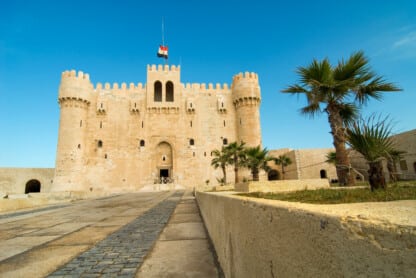
Extension
Alexandria Extension
Egypt
Level 1
3 Days
From $2,395
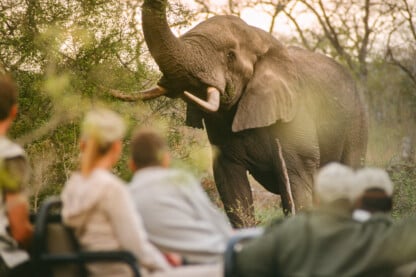
Extension
Among the Elephants and Rhinos Extension
Zimbabwe
Level 2+
4 Days
From $2,795
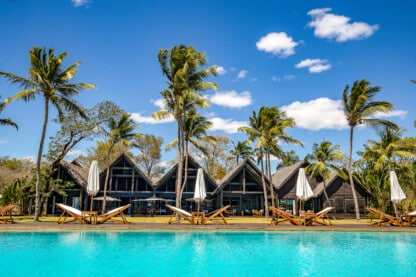
Extension
Anjajavy Extension
Madagascar
Level 2+
4 Days
From $2,995
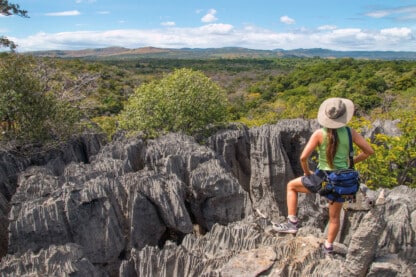
Extension
Ankarana and Amber Mountain National Parks Extension
Madagascar
Level 2
7 Days
From $3,390
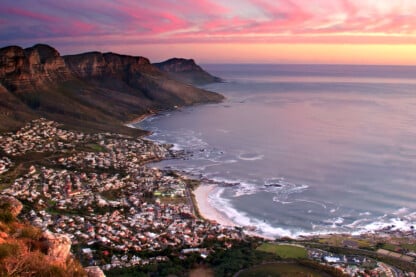
Extension
Cape Town Extension
South Africa
Level 2
4 Days
From $1,995
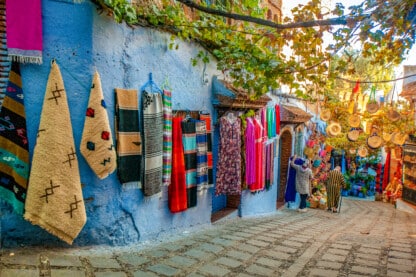
Extension
Chefchaouen Extension
Morocco
Level 2
4 Days
From $1,595
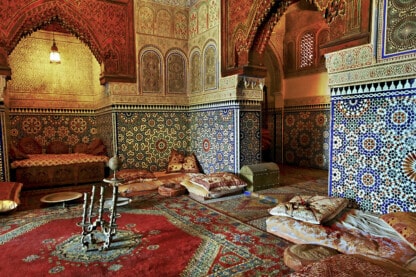
Extension
Essaouira and Marrakesh Extension
Morocco
Level 1
4 Days
From $1,595

Extension
Essaouira Extension
Morocco
Level 1
3 Days
From $1,195
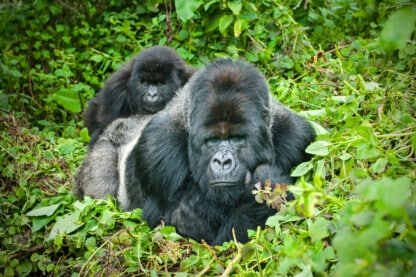
Extension
Gorilla Tracking in Rwanda’s Parc National des Volcans Extension
Rwanda
Level 3+
5 Days
From $3,795
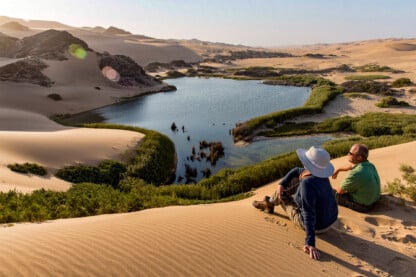
Extension
Hoanib Skeleton Coast Extension
Namibia
Level 1+
4 Days
Call for Pricing
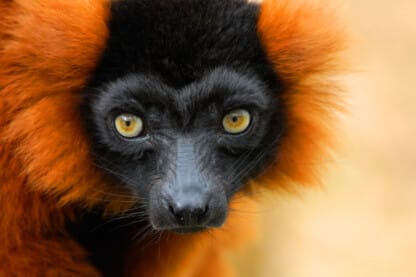
Extension
Isalo National Park Extension
Madagascar
Level 2
5 Days
From $3,695
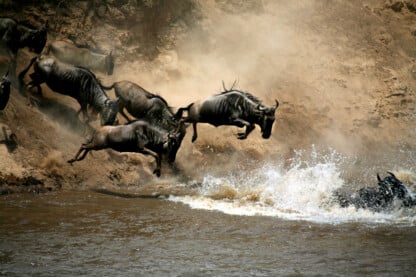
Extension
Masai Mara National Reserve Extension
Kenya
Level 2
4 Days
From $5,695
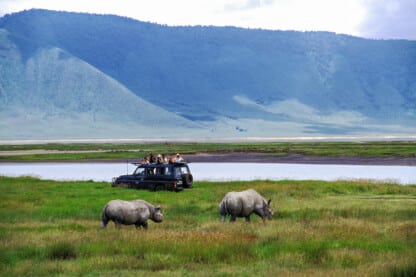
Extension
Ngorongoro Crater and Serengeti Safari Extension
Tanzania
Level 2+
5 Days
From $3,885
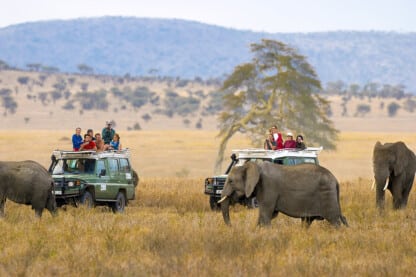
Extension
Ngorongoro Crater Extension
Tanzania
Level 2
4 Days
From $2,995
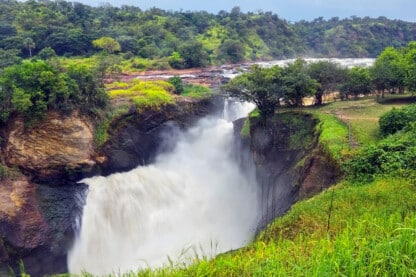
Extension
Murchison Falls Extension
Uganda
Level 1+
5 Days
From $5,795
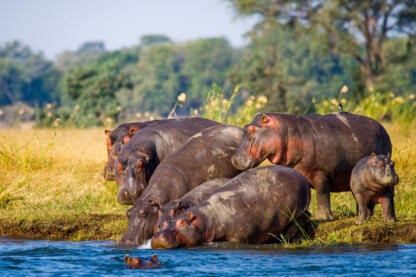
Extension
Okavango Delta Safari Extension
Botswana
Level 2
4 Days
From $4,795
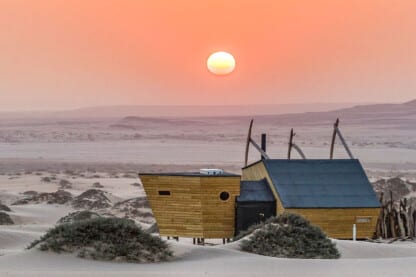
Extension
Shipwreck Lodge Extension
Namibia
Level 1+
5 Days
From $5,895
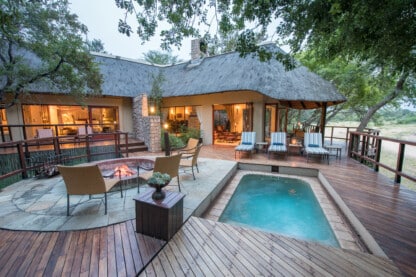
Extension
Shumbalala and Greater Kruger Safari Extension
South Africa
Level 1
4 Days
From $3,295
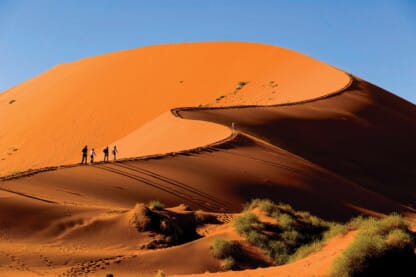
Extension
Sossusvlei Dunes Extension
Namibia
Level 2
5 Days
From $4,695
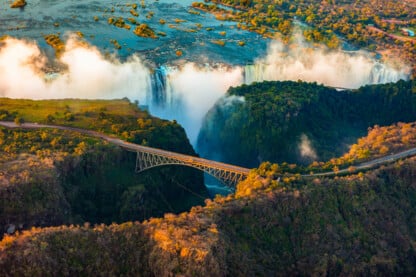
Extension
Victoria Falls Extension
Zimbabwe, Zambia
Level 2
3 Days
From $1,545
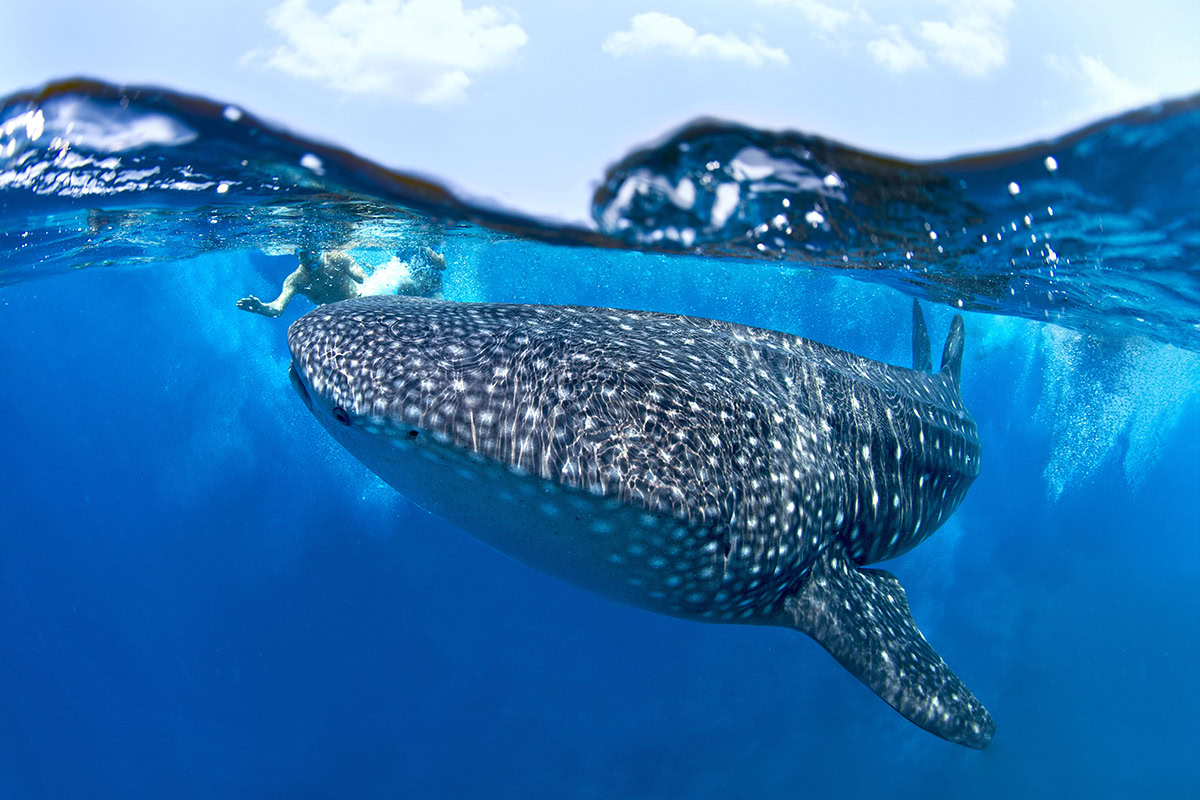
Extension
Nosy Be Snorkeling and Wildlife Extension
Madagascar
Level 2+
5 Days
From $3,090

Extension
Zanzibar Extension
Tanzania
Level 2
4 Days
From $2,595

Extension
Hoanib Valley Mid-Trip Extension
Namibia
Level 3
3 Days
From $2,495

Extension
Tok Tokkie Trail Extension
Namibia
Level 3
3 Days
From $1,095
REVIEWS FROM OUR CLIENTS
We were very excited to be going on safari and all of our expectations were met and exceeded. This was the adventure of a lifetime! Top quality in every way.
REVIEWS FROM OUR CLIENTS
The small number of participants with Wilderness Travel makes a much more intimate interaction with the areas visited. It was wonderful being in a small group of ten. Our guide’s ability to spot things in the bush was pretty incredible—he found leopards for us (with their kills), lions we would never have seen, and every bird everywhere. Great personality, too!
REVIEWS FROM OUR CLIENTS
The small number of participants with Wilderness Travel makes a much more intimate interaction with the areas visited. It was wonderful being in a small group of ten. Our guide’s ability to spot things in the bush was pretty incredible—he found leopards for us (with their kills), lions we would never have seen, and every bird everywhere. Great personality, too!
REVIEWS FROM OUR CLIENTS
The trip was even better than we could have imagined. Africa is awe-inspiring, and WT put together an unforgettable trip.
REVIEWS FROM OUR CLIENTS
This trip was extraordinarily well planned, making each day value-packed in order to fit in the breadth of exposure to Ethiopia’s historical and cultural heritage. Reflecting on all we were able to see, I am amazed.
REVIEWS FROM OUR CLIENTS
The entire trip was first class. The service from the trip team was outstanding. I felt like I was at a five-star hotel rather than out in the African Bush.
REVIEWS FROM OUR CLIENTS
We were very excited to be going on safari and all of our expectations were met and exceeded. This was the adventure of a lifetime! Top quality in every way.
REVIEWS FROM OUR CLIENTS
The small number of participants with Wilderness Travel makes a much more intimate interaction with the areas visited. It was wonderful being in a small group of ten. Our guide’s ability to spot things in the bush was pretty incredible—he found leopards for us (with their kills), lions we would never have seen, and every bird everywhere. Great personality, too!
REVIEWS FROM OUR CLIENTS
The small number of participants with Wilderness Travel makes a much more intimate interaction with the areas visited. It was wonderful being in a small group of ten. Our guide’s ability to spot things in the bush was pretty incredible—he found leopards for us (with their kills), lions we would never have seen, and every bird everywhere. Great personality, too!
REVIEWS FROM OUR CLIENTS
The trip was even better than we could have imagined. Africa is awe-inspiring, and WT put together an unforgettable trip.
REVIEWS FROM OUR CLIENTS
This trip was extraordinarily well planned, making each day value-packed in order to fit in the breadth of exposure to Ethiopia’s historical and cultural heritage. Reflecting on all we were able to see, I am amazed.
REVIEWS FROM OUR CLIENTS
The entire trip was first class. The service from the trip team was outstanding. I felt like I was at a five-star hotel rather than out in the African Bush.
REVIEWS FROM OUR CLIENTS
We were very excited to be going on safari and all of our expectations were met and exceeded. This was the adventure of a lifetime! Top quality in every way.
Everything You Need to Know
The Great Migration is the largest mass movement of land mammals on Earth, when more than a million wildebeest circle through the Serengeti plains in Tanzania and Kenya. This migration never stops as it circles the plains all year.
There are two main seasons for a Great Migration safari: December-March (Southern Serengeti) and June-October (Northern Serengeti). Both seasons offer their pros and cons, but you truly can’t go wrong with either. We give a detailed description of the differences between these seasons below.

There’s so much to see and experience in Tanzania that the design of your trip is especially important. We provided a sample day itinerary so you can know when to expect before you arrive.

There is simply no experience that compares to a mobile safari. A world apart from lodge-based, our mobile
camps immerse you deep in Botswana’s most magnificent and wildlife-rich terrain in absolute comfort.
- Spacious tents are equipped with comfortable beds (no cots!), and en suite private bathrooms with washbasins and hot showers.
- A private guide, chef, camp manager, tent steward, and camp team stay with you throughout your mobile safari. Our staff-to-guest ratio is 1:1 for the highest quality of service.
- Thrilling game viewing: our mobile camps have you out in the heart of the parks and close to the wildlife—no long drives back and forth on dusty lodge roads.
There is no wrong time to go on safari in Botswana, however, it is generally accepted that the best game viewing period is from late March to October. Because of the minimal rainfall during this season, the bush turns golden brown and in many areas is beaten flat, so game viewing is easier and animals concentrate around major water sources.

Wilderness Travel pioneered the Lemosho-Crater Camp Route in 1989 and we consider it the best route to the summit. Why? It is the most scenic and least-traveled route up Kilimanjaro. With a full seven days on the ascent, this route also provides maximum time for acclimatization and therefore the greatest chance of reaching to top—we have a 98% summit success rate!
We give a detailed summary all the different climbing options on Kilimanjaro, and explain the difference between each.

One of the best experiences that sets our journeys apart is our private luxury camp in the Sahara. Spacious tents are hung with richly-hued Moroccan fabrics, and there’s a comfortable outdoor sitting area where we can watch the sunset and stargaze beneath a spectacular night sky. Far from the noise and crowds of other camps, you’ll feel as if we have the desert all to ourselves.

There are four distinct seasons in Morocco, and depending on where in the country you are planning to visit, the time of year can make a big difference. Generally speaking, spring (February to May) and fall (September to November) are the best times to visit the majority of the country, however, if you are heading into the High Atlas Mountains, it is often better to aim for the summer months. See below for a full explanation of Morocco’s different seasons to decide when is best for you.
From lush, green rainforests to stark limestone tsingy formations to the dry spiny desert, Madagascar has a huge range of ecosystems, geography, and microclimates—and every area supports its own endemic species. Berenty, in the south, is the best place to see dancing sifaka lemurs, while Ankarana, in the north, is home to crowned lemurs. See below to compare the differences between the major National Parks and know what to expect from each.
Madagascar has a tropical climate with many microclimates, so the weather can vary greatly depending on the time of year and region of the country. The north and south tend to be warm and dry, while the highlands, including the capital, Antananarivo, are cooler. The east is mostly rainforest, where wet weather is always a possibility.
The ideal time to visit is between April and November (there are heavy rains from December to March, so travel during that time is not recommended). Each season is unique and offers its own attractions. See below to understand the differences between each month and what to expect with each.

Namibia’s varied landscapes and unique wildlife viewing offer seemingly endless opportunities for exploration—we’ve highlighted our favorite activities below!

We plan our adventures for Namibia’s best seasons, when wildlife viewing is at its peak. The “dry” season (April-September) is the most popular time of year, when daytime temperatures are in the mid-70sºF and wildlife viewing is at its peak as waterholes attract a vast array of animals. We also highly recommend the “green” season (January-March) when the crowds are gone and sporadic rains bring the desert to life to reveal carpets of flowers and calving season begins for plains game such as springbok and zebra.
Zimbabwe’s varied landscapes and world-class wildlife viewing offer seemingly endless opportunities for exploration—we’ve highlighted our favorite activities below!
Zimbabwe has a distinct “dry season” (May-early-November) and “green season” (late-November-April). Both offer fantastic wildlife viewing possibilities, making it a great destination to visit all year round. Each season in Zimbabwe has something unique to offer, with a diverse range of wildlife and a small fraction of the crowds other countries in Africa receive. See below for a full explanation of Zimbabwe’s different seasons to decide when is best for you.
Learn More
Talk to an Expert
Our Africa Specialists know every detail about our Africa trips. They will be happy to answer any questions and help you choose the journey that’s right for you. Contact us to learn more or book your trip today!

